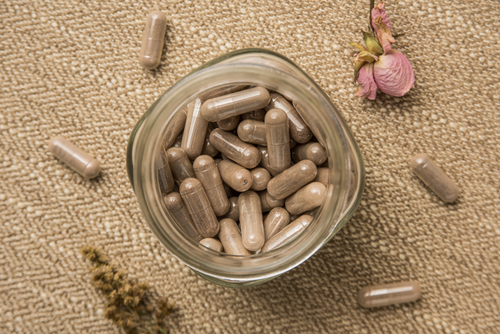Many people are aware of placenta encapsulation, while many are not. Others frown upon it and see it as a strange thing to do. When a friend shared her story of encapsulating her placenta with me, I was amazed and grossed out all at the same time. However, I knew if I got pregnant again, it would be something I did. So, I know you’re probably wondering what placenta encapsulation is. I’ll explain it to you.
The Benefits of Placenta Encapsulation
Basically, it is the practice of ingesting the placenta after it has been steamed, dehydrated, ground, and placed into pills. I know your probably wondering why a mother would want to ingest her placenta. Well, it is said that there are amazing benefits the mother can receive from ingesting her placenta. I can certainly say that ingesting my placenta after the birth of our third child seemed to make a difference for me. Maybe it isn’t for everyone but it seemed to help for me.
Here are some of the wonderful benefits mothers can receive from placenta encapsulation:
- Restoration of Iron levels in the blood.
- Increase in milk production
- Increased Energy
- Increase in the release of the hormone oxytocin, which assists the uterus in returning to its normal size and helps mother to bond with baby
- Increase in CRH, a stress-reducing hormone
- Decrease in postpartum depression
- Reduce postnatal bleeding
I’m sure there are more benefits that are not listed or I’m not quite aware of yet.
However, I can tell you from experience it definitely helped me after the birth of our third child. My Doula (who was also my friend) and I encapsulated it together. I definitely experienced less baby blues. My energy levels were up and I seemed to recover faster. My milk supply is always plentiful so I can’t really say much about that. Overall, I felt an easier transition into feeling like myself again.
I have four children and after the birth of my fourth child our midwife didn’t think it was a good idea to eat the placenta because it didn’t look healthy enough. I was bummed out! The transition after my fourth didn’t go as smooth. Not too mention the births were just 15 months apart. I really wanted to cry when she told me I probably shouldn’t encapsulate it. However, I made it through.
The next time your expecting or if your a new mother, you may want to consider placenta encapsulation as an option. It may not be best for everyone, but it may be what is best for you.


